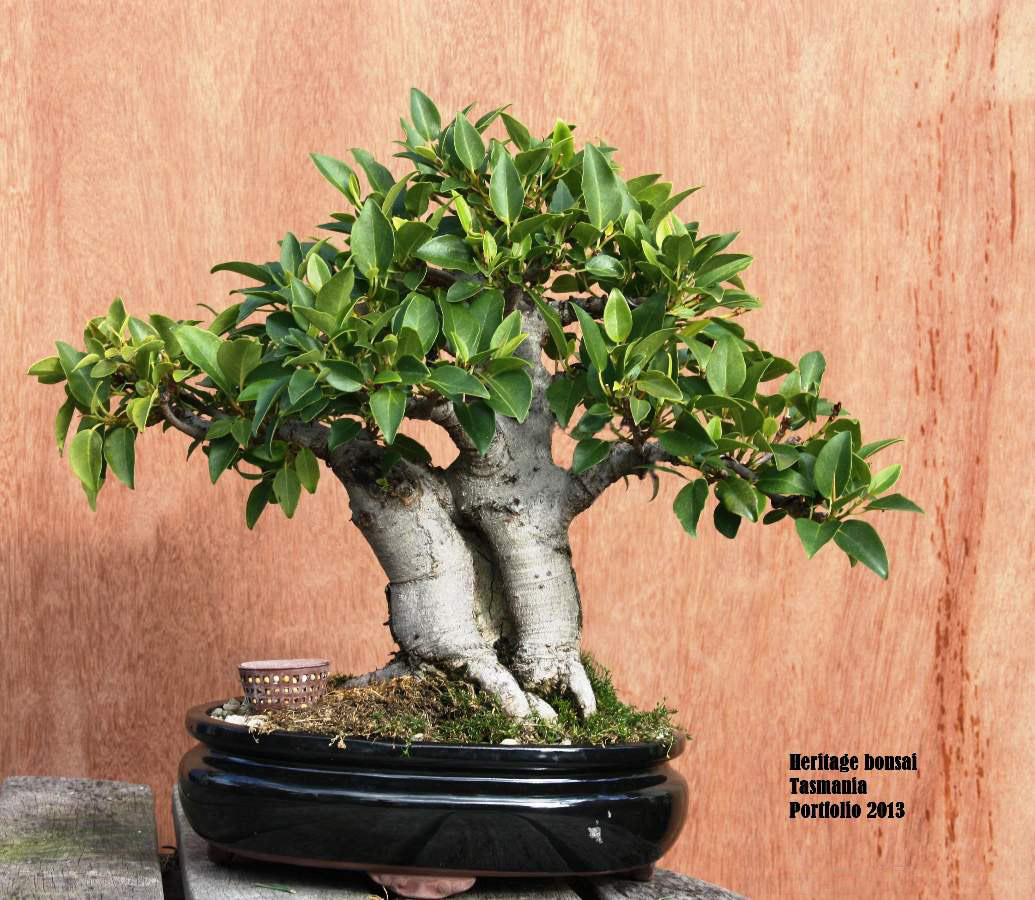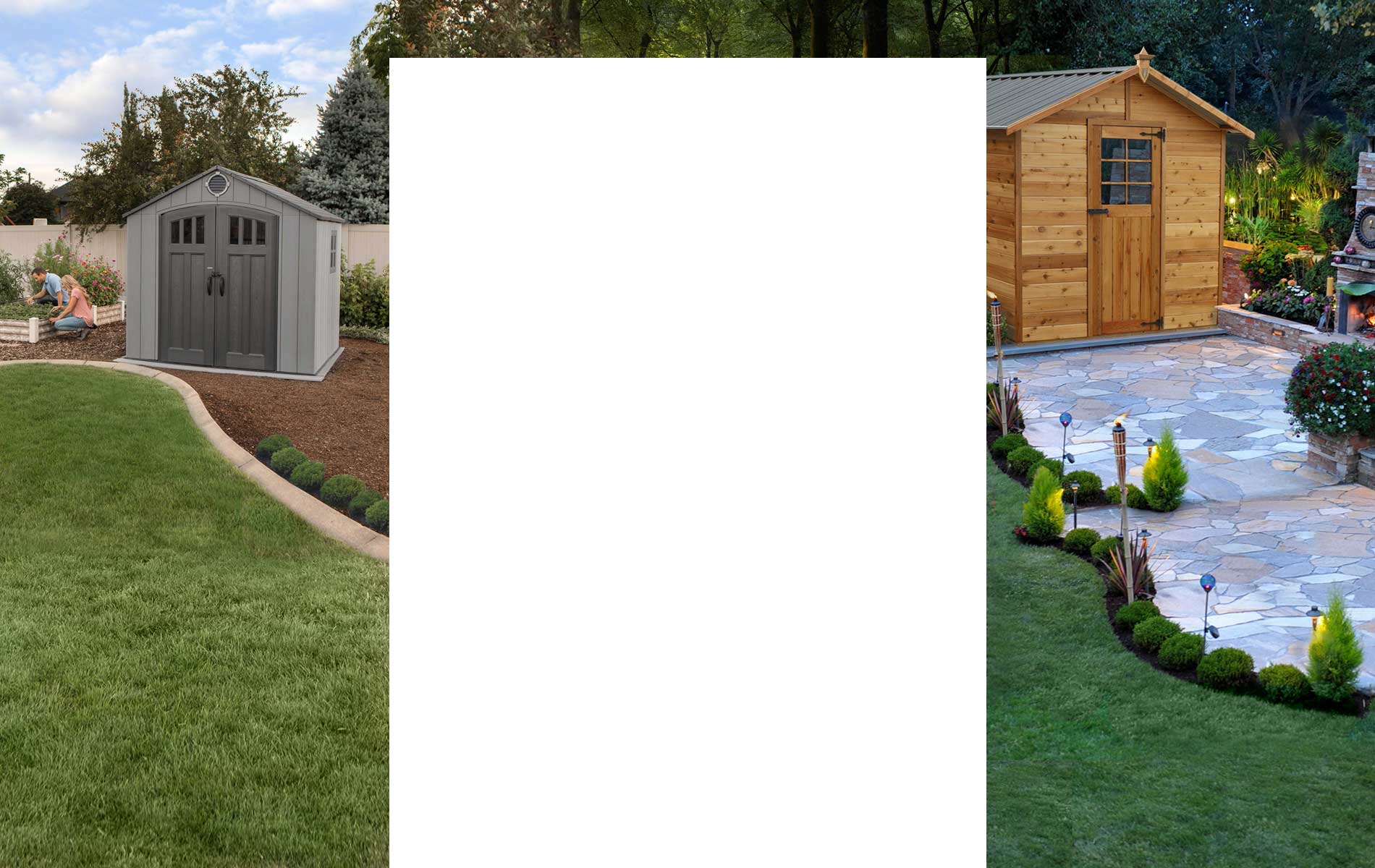Bonsai is a great opportunity for balcony gardens
Welcome back to the ‘Introduction to Bonsai’ blog with Chris Xepapas, an expert with many years experience and a real passion for bonsai. This week Chris is focussing on the types of trees used for bonsai – interestingly these include native Australian tree types which are not always highly regarded as suitable bonsai material.

Port Jackson Fig bonsai
BONSAI – AN INTRODUCTION – PART 2
In this week’s blog we will discuss various species of trees which are suitable for bonsai.
Australia has a vast array of bonsai species available in both native and exotic varieties. It has been a misconception that Australian varieties cannot be trained into traditional styles of bonsai; I find this is false and have had lots of success with these trees. One trick to success with developing a bonsai tree is to know the variety’s growth habits and requirements.
EXOTIC TREES (Non Australian)
Japanese pines: black, white and red – these three species of pines are great for bonsai and have been used for many years in Japan and all over the world. They are readily available at specialist nurseries or can be grown from seed or cuttings.
There is also lot of literature to assist you working with these varieties.
Swiss mountain pine – this tree is a slow growing plant and is suited to growing in containers. A very forgiving plant and is easily grown from cutting or seed.
Japanese maple and Trident maple – absolutely beautiful in autumn with a wide range of colors. Easily obtainable from any nursery.
Junipers of all varieties – these trees can give you some of the most interesting results with bonsai as their trunks can be twisted and bent to make some stunning trees. The foliage pads can also give a sense of age. Junipers require a little more care in developing.
Cypress varieties – similar to the junipers, but a lot faster growing and easier to look after. Very easy to acquire at any garden centre.
There are thousands of species that be used but the above are the most popular.
NATIVE TREES
Banksia varieties – very impressive trunk growth and texture even at a young age. They suit pot growth very well but best trained from a young tree if trunk movement is required in the design.
Tea tree varieties – a wonderful tree to bonsai and very forgiving. Lovely aged looking bark from a very young age and nice small foliage. Hard to wire heavier branches so best to wire young branches before they fatten up; also can be a little thirsty with water. A must have bonsai.
Port Jackson figs – see photo – an Australian fig variety which is easy to grow. Don’t be turned off by the large leaf because as it is manipulated into a bonsai; the leaf size will decrease dramatically as the photo above shows.
She oaks – pine-like appearance in both trunk and needle texture. A little harder to work with, but with time can become a great bonsai.
Of course, the type of trees which are readily available will vary from state to state – but there is a great range of species available which can be developed into beautiful bonsai wherever you live.
Next week we will take a look at the traditional bonsai styles – these have been developed over centuries and are used as guides to shaping, appreciating and judging bonsai.
Chris



Comments are closed.